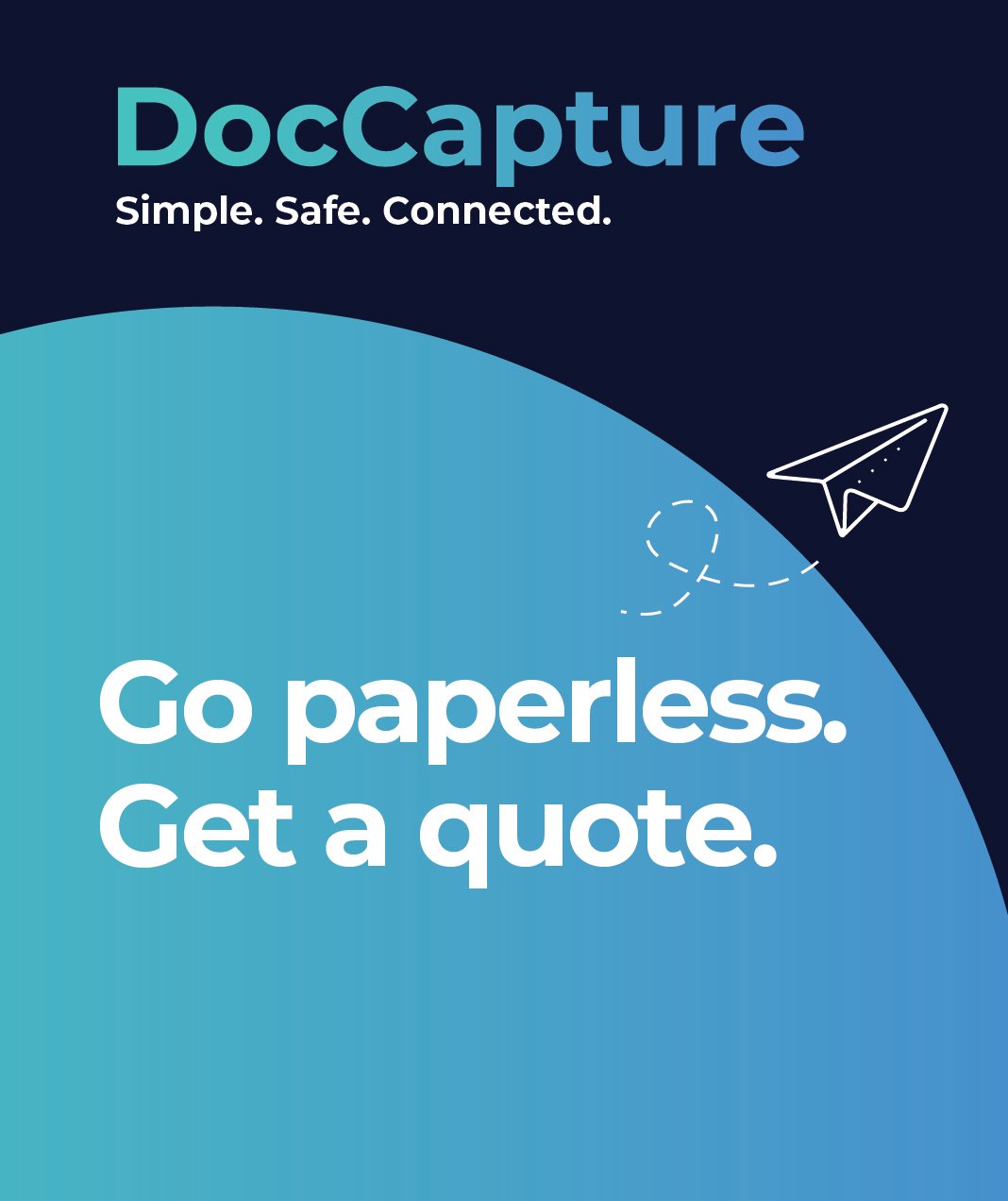Streamlining Patient Enrollment Processes: Advanced Document Solutions
Table of contents
In today’s healthcare environment, patient enrollment isn’t just a clerical task—it’s a mission-critical function that impacts clinical operations, reimbursement timelines, and regulatory compliance. For mid-to-large healthcare organizations, where scale amplifies both risk and complexity, even minor inefficiencies in enrollment processes can have costly consequences.
Manual data entry, delayed access to records, and the ever-present threat of human error slow down enrollment workflows. Return mail from inaccurate patient data, incomplete documentation, and the burden of correcting errors can clog administrative pipelines, create HIPAA compliance gaps, and negatively affect patient satisfaction. All of this unfolds under strict regulatory scrutiny and with limited margin for error.
Healthcare leaders—especially CIOs, CMOs, compliance officers, and operations directors—need a way to manage these pressures while improving accuracy and turnaround times. Document scanning and digital records management present a solution that not only optimizes enrollment efficiency but also supports secure, compliant operations.
The High Stakes of Enrollment Errors
Enrollment delays and documentation errors are more than just operational headaches—they’re liabilities with real-world consequences. A single mistake in capturing insurance information or processing a form can lead to:
-
Delayed or denied reimbursements, affecting cash flow and revenue cycles.
-
Compliance breaches, including HIPAA violations that can result in hefty fines and reputational damage. HIPAA Journal outlines how penalties can range from $100 to $50,000 per violation.
-
Patient dissatisfaction, especially when errors impact appointment scheduling or coverage verification.
According to a report by the American Hospital Association, administrative inefficiencies—including paper-based enrollment—can cost health systems billions annually. When documents are misplaced or processed late, patients might miss timely care, and staff spend extra hours on rework rather than higher-value activities.
For organizations operating across multiple facilities or managing high patient volumes, these issues scale exponentially—amplifying both risk and resource drain. And in a post-COVID era where digital transformation is no longer optional, traditional enrollment methods feel increasingly outdated.
How Document Scanning Solutions Solve the Problem
Document scanning and digital records management are transforming healthcare operations by turning time-consuming, manual enrollment tasks into efficient, automated workflows. Here's how these technologies alleviate common pain points:
Faster Processing and Turnaround
High-speed scanners convert paper forms into digital formats within seconds, allowing enrollment staff to access and process records immediately. This eliminates delays tied to physical document handling and mailing, accelerating time to treatment and reimbursement.
Improved Accuracy and Data Integrity
Optical Character Recognition (OCR) and intelligent data capture reduce human error by extracting key data fields directly from scanned documents. This minimizes the risk of inaccurate patient data and ensures cleaner, more reliable inputs into your EHR or practice management system.
Case in point: A large regional health system reduced enrollment processing time by 40% using Kodak Alaris scanning solutions integrated with their back-office systems.
Better Compliance and Security
Digitized documents are easier to audit, track, and secure. Scanning solutions that support HIPAA-compliant workflows ensure sensitive patient data is encrypted, access-controlled, and fully traceable across the document lifecycle. This minimizes legal exposure while simplifying regulatory reporting.
Centralized Access Across Locations
Digital records can be indexed and shared across departments or facilities, enabling coordinated enrollment efforts. Remote teams can retrieve scanned files instantly, reducing duplication of effort and ensuring that everyone is working from the same, accurate source.
Integration with Existing Systems
Modern scanning solutions integrate seamlessly with EHR platforms, revenue cycle tools, and cloud storage services—making it easy to bridge physical paperwork with your digital infrastructure. This ensures smoother transitions from intake to enrollment to billing.
Key Features to Look for in a Document Scanning Solution
Not all document scanning systems are created equal. When choosing a solution for your healthcare organization, it's essential to evaluate features that align with your operational goals, compliance requirements, and existing IT ecosystem. Here are the top capabilities to prioritize:
High-Speed and High-Volume Scanning
Look for scanners that can process hundreds of pages per minute with minimal jams or interruptions. This is especially crucial for large clinics, hospitals, or health systems managing extensive patient documentation daily.
Advanced OCR and Intelligent Data Capture
Solutions that support advanced OCR, barcode recognition, and form field detection help automate data entry by accurately extracting critical patient information from intake forms, insurance cards, and more.
HIPAA-Compliant Security Protocols
Ensure the system includes features such as user authentication, audit logs, encryption at rest and in transit, and secure file transfer protocols. HIPAA compliance isn’t just a bonus—it’s a necessity. Tools like Kofax Capture are designed with regulatory compliance in mind.
Seamless Integration with EHR and RCM Systems
Your scanning solution should connect easily with major electronic health record (EHR) platforms and revenue cycle management (RCM) tools. This allows scanned data to feed directly into workflows for faster enrollment and billing.
Cloud and On-Premise Flexibility
Hybrid deployment options let you adapt the system to your IT policies. Cloud-based solutions are ideal for scalability and remote access, while on-premise options may suit organizations with strict data governance rules.
User-Friendly Interface and Automation Tools
Staff adoption is key. Look for intuitive software with customizable workflows, batch scanning options, and minimal training requirements. Automation features like auto-classification and routing can further boost productivity.
Conclusion
In a healthcare landscape where speed, accuracy, and compliance are non-negotiable, the traditional approach to patient enrollment no longer cuts it. Document scanning solutions provide a clear pathway to more efficient workflows, reduced errors, and enhanced patient satisfaction.
By embracing digitization, healthcare organizations can not only streamline enrollment but also build a foundation for long-term operational success. Whether you’re facing bottlenecks in intake, struggling with data entry errors, or navigating complex compliance demands, now is the time to modernize your approach.
Fill out our "Get a Quote" form today to learn how our document scanning solutions can help your organization improve efficiency and meet compliance standards with confidence.
Share this
You May Also Like
These Related Stories

Improving Turnaround Times for Healthcare Claims Document Scanning

Integrating Legacy Systems with Modern Document Solution in Healthcare

